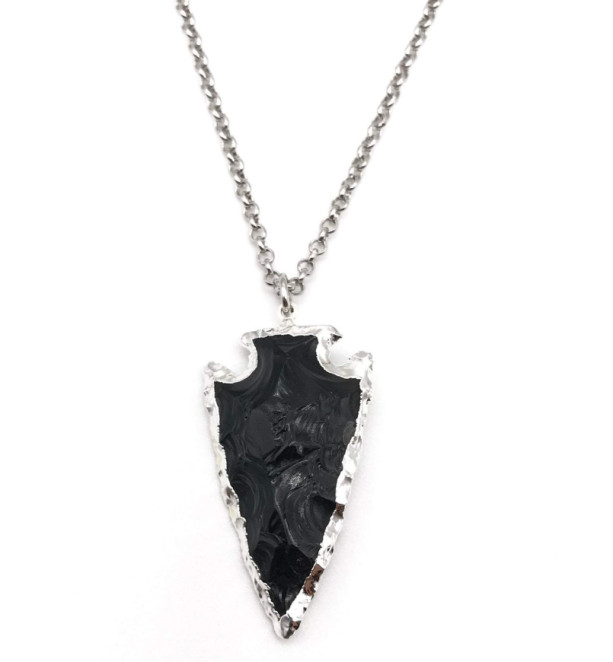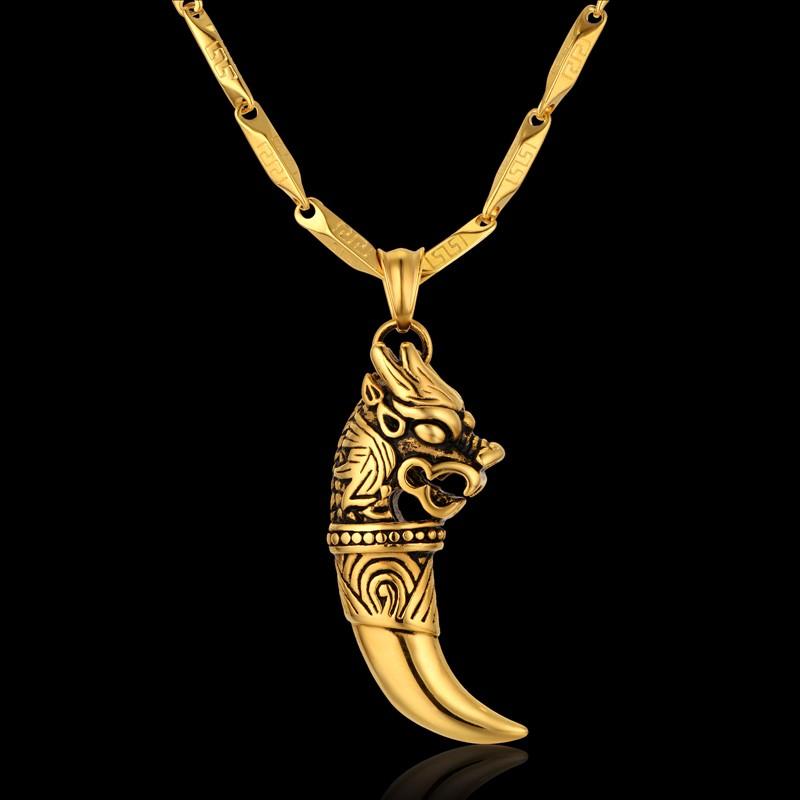
However, although classical rabbinical literature argues that the names were inscribed using a Shamir worm because neither chisels nor paint nor ink were allowed to mark them out, a more naturalistic approach suggests that the jewels must have had comparatively low hardness in order to be engraved upon, and therefore this gives an additional clue to the identity of the minerals.

Unfortunately, the meanings of the Hebrew names for the minerals, given by the masoretic text, are not clear, and though the Greek names for them in the Septuagint are more clear, some scholars believe that they cannot be completely relied on for this matter because the breastplate had gone out of use by the time the Septuagint was created, and several Greek names for various gems have changed meaning between the classical era and modern times. One opinion suggests that the names of the twelve tribes were arranged in groups after their mothers: Leah's six sons aligned one after the other on one stone, with Judah heading this list, followed by Rachel's sons with the names of the concubines' sons interposed between the two sons of Rachel. There was also a different order for the names inscribed on the two "onyx" stones, carried on the High Priest's shoulders. Maimonides describes the jewel stones arranged in four rows, saying that on the first stone belonging to Reuben were also engraved the names of Abraham, Isaac and Jacob, while on the last stone belonging to Benjamin were also engraved the words "the tribes of God" kabbalistic writers such as Hezekiah ben Manoah and Bahya ben Asher argued that only six letters from each name were present on each stone, together with a few letters from the names of Abraham, Isaac, or Jacob, or from the phrase " the tribes of Jeshurun", so that there were 72 letters in total (72 being a very significant number in Kabbalistic thought). There are different views in classical rabbinical literature as to the order of the names the Jerusalem Targum, for example, argued that the names appeared in the order according to which they were born. The word has its equivalent in the Greek, σμήρις ( smeris). According to a rabbinic tradition, the names of the twelve tribes were engraved upon the stones with what is called in Hebrew: שמיר = shamir, which, according to Rashi, was a small, rare creature which could cut through the toughest surfaces, but according to Rabbi David Kimhi and Rabbi Jonah ibn Janah, was a stone stronger than iron (possibly Naxian stone). The twelve jewels in the breastplate were each, according to the Biblical description, to be made from specific minerals, none of them the same as another, and each of them representative of a specific tribe, whose name was to be inscribed on the stone. The jewels Īrtist's conception of Jewish high priest wearing a hoshen in ancient Judah Īccording to the Talmud, the wearing of the Hoshen atoned for the sin of errors in judgment on the part of the Children of Israel. The Hebrew term for the breastplate, חֹשֶׁן ( ḥōšen), appears to be named from its appearance, The 19th-century German biblical scholar August Dillmann thought that it was likely to be derived from the Hebrew word חֹצֶן ( ḥōṣen), meaning "fold", relating to its function.


The description states that the square breastplate was to be formed from one rectangular piece of cloth- 1⁄ 3 of a cubit by 2⁄ 3 of a cubit, folded so that it formed a pouch to contain the Urim and Thummim. The biblical description states that the breastplate was also to be made from the same material as the Ephod-embroidery of 3 colors of dyed wool and linen-and was to be 1⁄ 3 of a cubit squared, two layers thick, and with four rows of three engraved gems embedded in gold settings upon it, one setting for each stone. According to the description in Exodus, this breastplate was attached to the tunic-like garment known as an ephod by gold chains/cords tied to the gold rings on the ephod's shoulder straps, and by blue ribbon tied to the gold rings at the belt of the ephod.


 0 kommentar(er)
0 kommentar(er)
